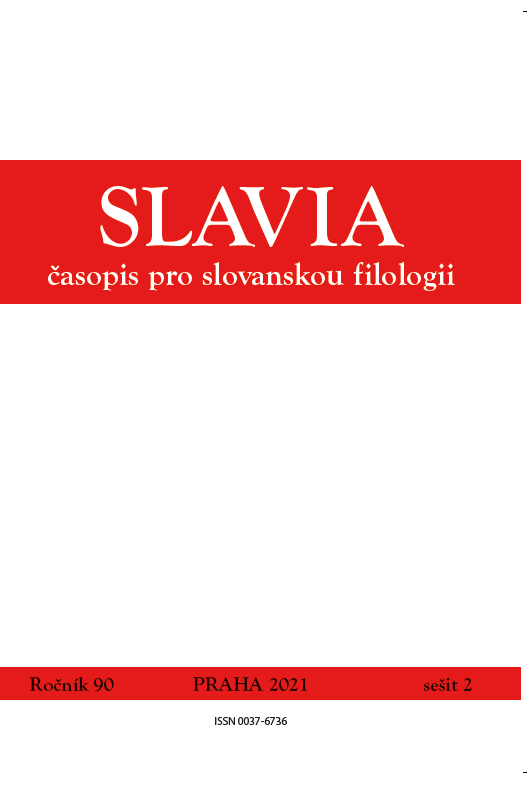Nominal Causal Constructions across Slavic: Semantic Contrasts in a Parallel Corpus Perspective*
Nominal Causal Constructions across Slavic: Semantic Contrasts in a Parallel Corpus Perspective*
Author(s): Sergey SaySubject(s): Phraseology
Published by: AV ČR - Akademie věd České republiky - Slovanský ústav and Euroslavica
Keywords: causal constructions; Slavic; prepositions; parallel corpus; noun phrases; multi-dimensional scaling;
Summary/Abstract: Slavic languages employ a wide array of dependent markers (typically, preposition + case combinations) in nominal causal constructions, i.e. causal constructions where the causing event is syntactically represented by a noun phrase, cf. заплакала от боли в руке ‘(she) burst into tears from the pain in her arm’ or Я погибаю из-за любви ‘I’m perishing on account of love’ in Russian. Drawing on the data from a parallel corpus (ParaSol) and using the multi-dimensional scaling technique, I explore the ways in which the choice of a specific nominal causal marker corresponds to semantic contrasts in eleven Slavic languages. The contrast between direct and indirect causes is found to be omnipresent in Slavic (with a possible exception of the Slovenian preposition zaradi, which spans both semantic subdomains). Indirect causal markers are often specialized, but they are relatively infrequent in speech, structurally secondary, weakly grammaticalized and diachronically unstable. By contrast, direct causes are typically expressed by more grammaticalized and highly polysemous markers. These markers are very often cognitively based on the elative spatial schema. Even though some Slavic languages diverge in the use of direct causal markers (cf. the Instrumental case in Czech or the Polish preposition przez), the very semantic contrasts in the domain of nominal causal markers remain robust across Slavic.
Journal: Slavia - časopis pro slovanskou filologii
- Issue Year: XC/2021
- Issue No: 2
- Page Range: 182-201
- Page Count: 20
- Language: English
- Content File-PDF

